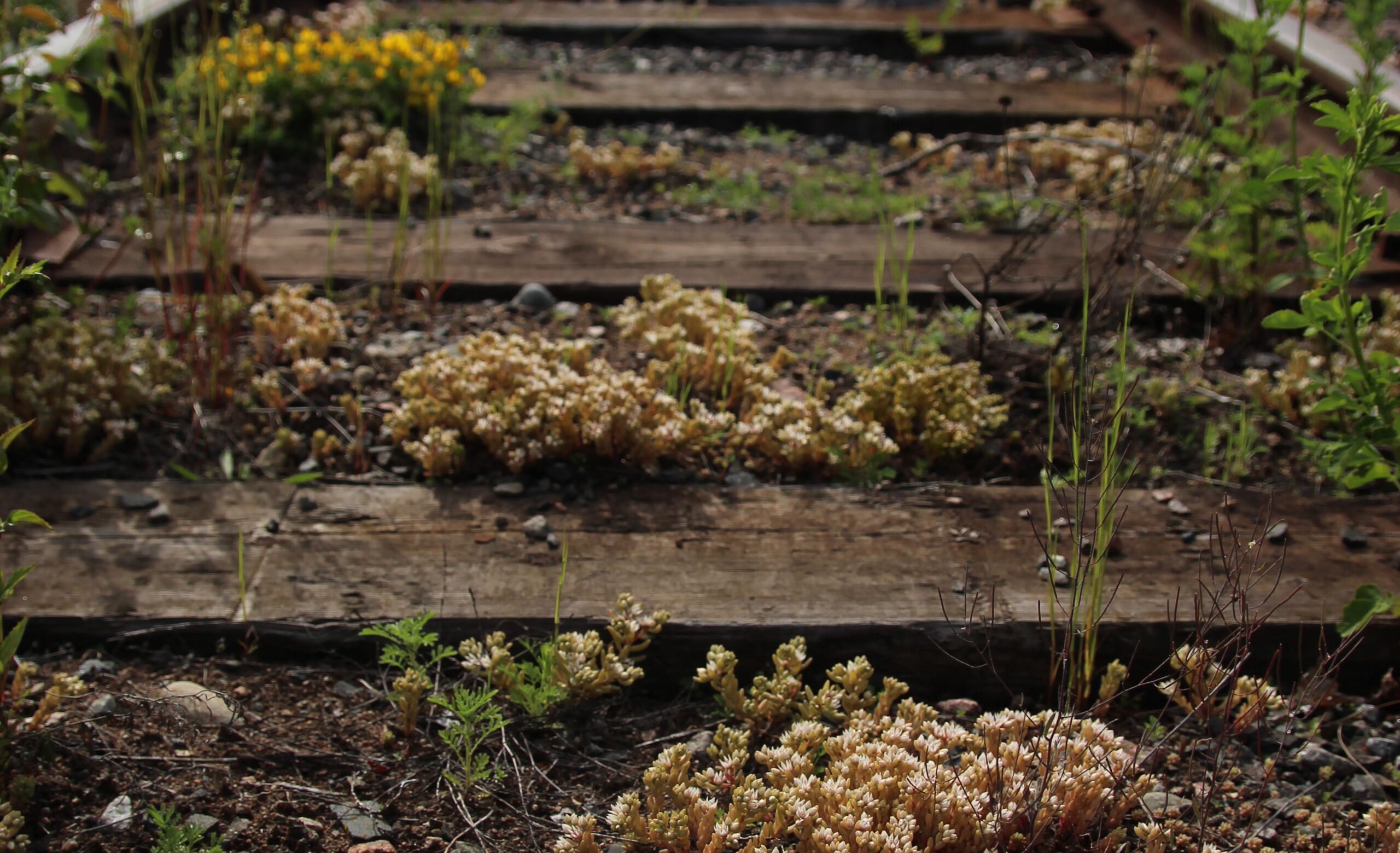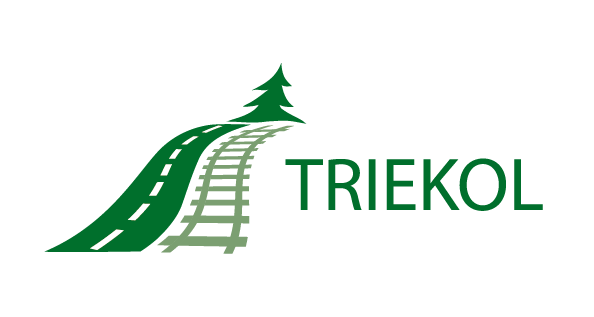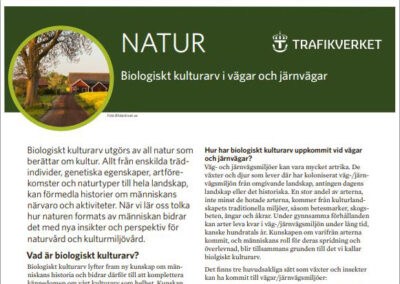Page not available in Swedish.
Background
Recently, it has been shown that many parts of the railway system, in particular at stations, are surprisingly species-rich and constitute important refugias for threatened insect species of several groups and for rare types of plant communities related to open, sun exposed and sandy habitats.
As for species-rich road verges, there are indications of declining biodiversity values also in railway infrastructure habitats (RIH).
In order to enable proper measures for maintaining and forming of biodiversity-rich RIH we need better knowledge about the ecology and threats of different RIH in relation to different management methods. With such knowledge we can evaluate the limitations of the present management and suggest changes.

Old railroad track, high diversity in dry grassland flora. Photo: Jörgen Wissman.
Activities
This subproject uses field data to analyse which environmental conditions, including management, that constitute ecological key factors for different biodiversity values (e.g. species groups) in RIH. The ongoing management will be regarded as large-scale experiment and evaluated in order to discern effects of different maintenance and construction activities on those key factors. A number of modifications of management and new management methods are tested as new experiments.
The aims are to understand the ecology of railway station habitats, in particular the relationships between occurrences of species of conservation concern, the micro-environmental variation within the station, and the ongoing activities for maintenance (for example ground vegetation control and shrub clearing) and construction (which cause soil disturbance and new vegetation successional stages).
Since RIH can be considered ruderal and highly unstable habitats, vegetation analysis is not appropriate. Instead, we will use a habitat based or species-based approach, in which characteristic and longevity of a suitable habitat (e.g. bare sand, vegetation without shrub or tree encroachment etc.) or threatened species, or species with key habitat or community functions, will be analysed with respect to their specific micro-environment, which can be assumed to reflect their environmental needs and threats. Vascular plants, insects, and some cryptogams have been subject to earlier inventories by Trafikverket (STA), and are analysed in this sub-project. The micro-environment is characterized by ground substrate, successional stage, disturbance regimes, exposure etc., which implies that the overall habitat may be characterized by certain dynamics.
In order to get as strong connection to management, sites which have been subject to known management activities, including previous experiments in TRIEKOL I-II, are evaluated specifically. Such activities include alternative measures for shrub clearing (pulling instead of cutting), ground vegetation control, and soil handling. Activities also include measures for control of invasive species, mostly Lupinus polyphyllus.
Data on species-microhabitat relationships will be derived from Trafikverkets earlier inventories, and from new field surveys, in which we use earlier inventories to locate the species. Ecological effects of recent and ongoing management activities (including earlier experimental ones) will be analysed using earlier monitoring data combined with more thorough monitoring during the project period. These studies can be regarded a use of Trafikverkets ongoing activities as a large “living” field experiment.
Output
Knowledge about which ecological conditions and processes (ecological key factors) that account for species of conservation concern, species richness, and important biological functions of rail IH.
Knowledge about how such ecological key factors can be obtained by management activities.
In total, these results will provide a necessary, but today largely lacking, knowledge base to prioritize, perform and monitor activities for maintenance and construction of RIH.
Study areas
Biodiversity values in broad sense are known for a large number of stations, through Trafikverkets own inventories during the last years, and the data that have been used to classify the stations according to degree of conservation concern (three classes). Inventories are largely spatially explicit, for example in terms of species occurrences.
Management activities for biodiversity have been performed on 27 stations, and monitoring of the activities has been launched, which can be continued within the subproject. On three of these stations, more elaborate experiments and effect monitoring have been performed (Byvalla, Jularbo and Gustafs). Two other stations have been monitored a shorter time but had to end due to activites at the staton (St Tuna and Avesta-Krylbo).
Beginning in 2017, a new set of stations will be subject to management activities (ca. 15 stations, tentatively). Initially in the project, suitable study sites will be selected based on existing information combined with some additional field information. We will combine in-depth studies of the ecological conditions and variability at five stations, with studies of specific microhabitats and management methods at a larger number of stations (c. 10).
Publikationer och presentationer
The subproject Management and construction of rail infrastructure habitats for biodiversity has resulted in a Swedish seminar, arranged by Swedish IENE, and an article in the Danish Jernbanehistorie (see English summary below).
Contact for the subproject
Tommy Lennartsson
Ekolog och docent, SLU Institutionen för stad och land
tommy.lennartsson@slu.se
+46 (0) 705-86 83 81



